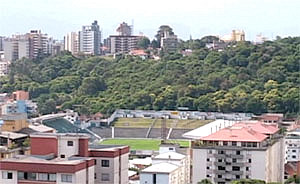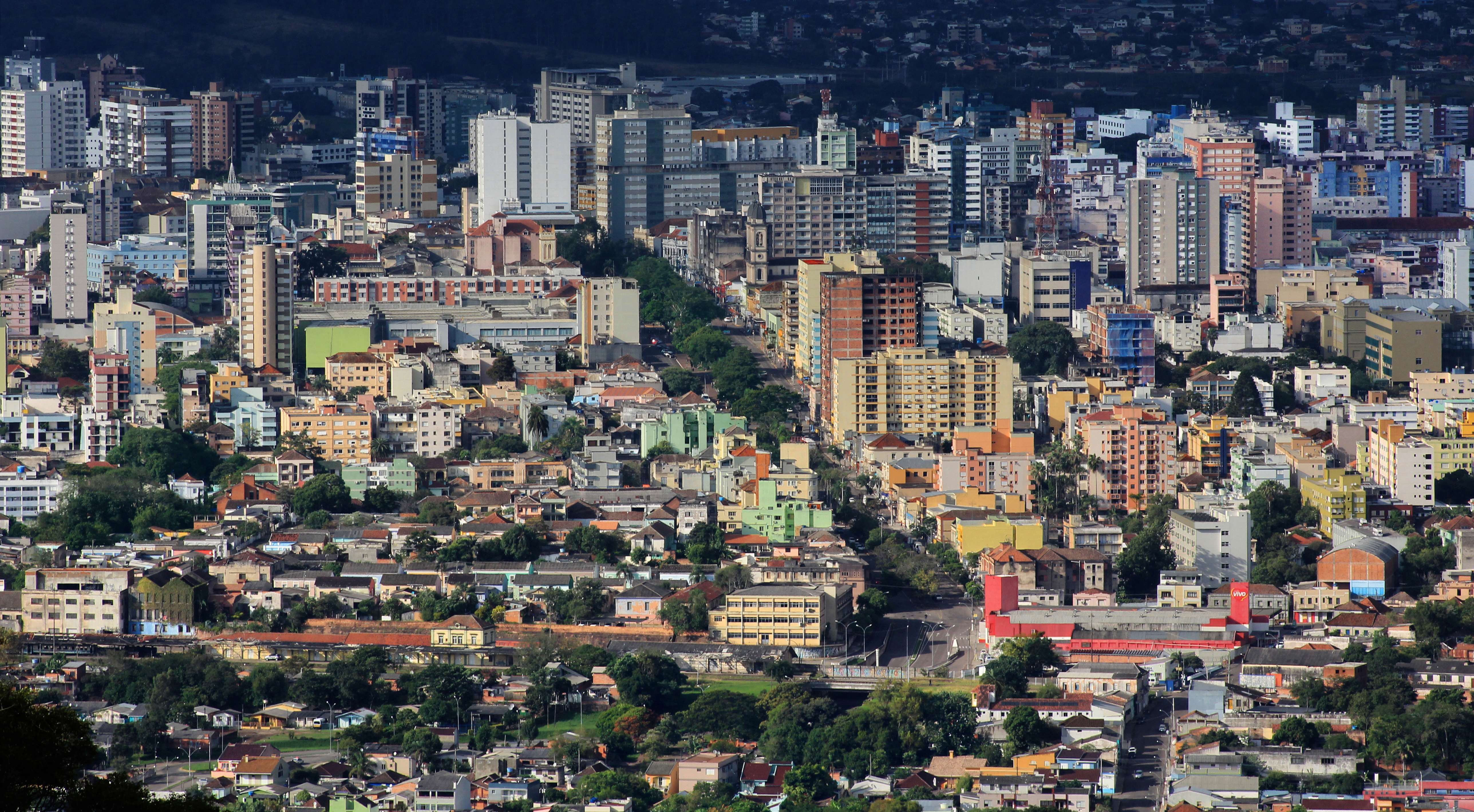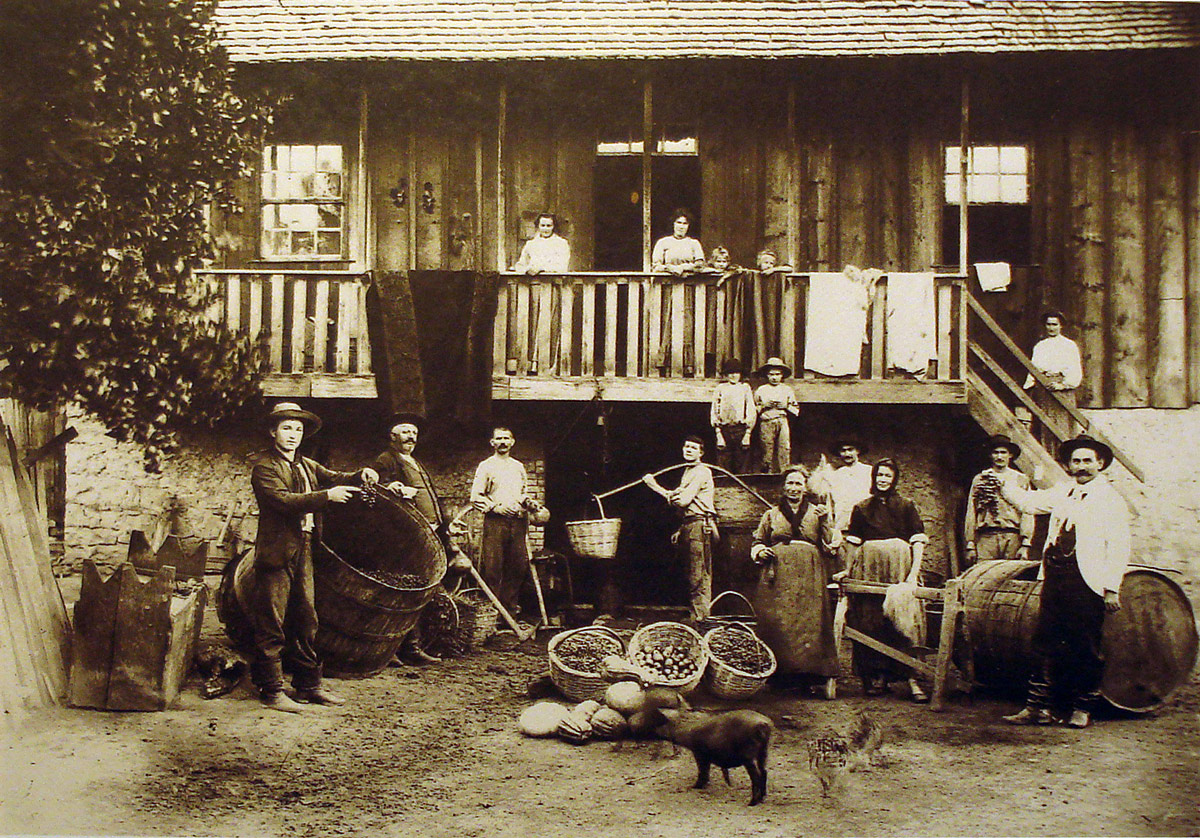|
2010 Campeonato Gaúcho
The 2010 Campeonato de Primeira Divisão de Futebol Profissional da FGF (2010 FGF First Division Professional Football Championship), better known as the 2010 Campeonato Gaúcho or Gaúcho, was the 90th edition of the Glossary of association football terms#Top flight, top flight Association football, football league of the Brazilian state of Rio Grande do Sul. The season began on 16 January and ended on 2 May, when Grêmio FBPA, Grêmio, despite losing the final match to their city rivals Sport Club Internacional, Internacional 0-1, clinched their 36th title in history thanks to their 2-0 win in the first match. The win broke a 2-year streak by Sport Club Internacional, Internacional. Other clubs like Esporte Clube São José, São José, Esporte Clube Novo Hamburgo, Novo Hamburgo and Esporte Clube Pelotas, Pelotas also caught the attention due to their overall record in the competition. All three clubs qualified to the 2010 Campeonato Brasileiro Série D. Format The sixteen clubs ... [...More Info...] [...Related Items...] OR: [Wikipedia] [Google] [Baidu] |
Campeonato Gaúcho
The Campeonato Gaúcho Série A1 (Gaúcho Championship A1 Series or Série A1), officially named as Campeonato da Primeira Divisão de Futebol Profissional da FGF - Divisão Especial - Série A1 and commonly known as Campeonato Gaúcho or Gauchão, has been since its founding in 1919 the top flight tier of the division of professional football clubs in the Brazilian state of Rio Grande do Sul, that contest in the ''Campeonato Gaúcho'', typically from January to April, for the state championship title. The rivalry of two of the better-known Brazilian teams ( Grêmio and Internacional) have a significant impact in the history of the tournament. Format Qualification for competitions The best placed of league qualify for the Campeonato Brasileiro Série D, excluding the teams having already qualified for the Série A, Série B, Série C or Série D. Clubs Throughout its more than 100-year history, dozens of clubs have played Campeonato Gaúcho, including teams that became ina ... [...More Info...] [...Related Items...] OR: [Wikipedia] [Google] [Baidu] |
Esporte Clube Internacional
Esporte Clube Internacional, usually known as Inter de Santa Maria, Internacional de Santa Maria, Inter-SM, is a Brazilian football club based in Santa Maria, Rio Grande do Sul. It currently plays in Campeonato Gaúcho Série A2, the second level of the Rio Grande do Sul state football league. Founded on May 16, 1928. The club competed in the Campeonato Brasileiro Série A in 1982, finishing 21st. Inter plays its home matches in its own stadium, Estádio Presidente Vargas, which has a maximum capacity of 12,000 people and is also known as Baixada Melancólica. Achievements * Campeonato Gaúcho Second Level: ** Winners (2): 1968, 1991 * Campeonato Gaúcho The Campeonato Gaúcho Série A1 (Gaúcho Championship A1 Series or Série A1), officially named as Campeonato da Primeira Divisão de Futebol Profissional da FGF - Divisão Especial - Série A1 and commonly known as Campeonato Gaúcho or Gauchã ... Top Goalscorer: Badico (1998) References Association football ... [...More Info...] [...Related Items...] OR: [Wikipedia] [Google] [Baidu] |
Futebol Clube Santa Cruz
Futebol Clube Santa Cruz is a Brazilian football club from Santa Cruz do Sul, Rio Grande do Sul, founded on March 26, 1913. Its rival is Esporte Clube Avenida. Achievements * Campeonato Gaúcho Second Level: ** Runners-up (2): 1952, 1983 *Copa FGF The Copa Federação Gaúcha de Futebol, commonly known as the Copa FGF, is an annual cup competition organized by the Rio Grande do Sul state football federation for clubs that are in the first, second and third divisions of the Campeonato Gaú ... ** Winners (1): 2020 Current squad References Association football clubs established in 1913 Football clubs in Rio Grande do Sul 1913 establishments in Brazil {{Brazil-footyclub-stub ... [...More Info...] [...Related Items...] OR: [Wikipedia] [Google] [Baidu] |
Pelotas
Pelotas () is a Brazilian city and municipality (''município''), the third most populous in the southern state of Rio Grande do Sul. It is located 270 km (168 mi) from Porto Alegre, the state's capital city, and 130 km (80.8 mi) from the Uruguayan border. The Lagoa dos Patos lies to the east and the São Gonçalo Channel lies to the south, separating Pelotas from the city of Rio Grande. In the 19th century, Pelotas was Brazil's leading center for the production of dried meat (''charque''), a staple food made by slaves and destined to feed the slaves of sugarcane, coffee and cocoa plantations across the country."O Ciclo do Charque" Universidade Federal de Pelotas, Accessed on 3 April 2007. [...More Info...] [...Related Items...] OR: [Wikipedia] [Google] [Baidu] |
Novo Hamburgo
Novo Hamburgo (Portuguese for ''New Hamburg''; german: Neu-Hamburg) is a municipality in the southernmost Brazilian state of Rio Grande do Sul, located in the metropolitan area of Porto Alegre, the state capital. As of 2020, its population was 247,032. The city covers an area of , and the average temperature is , which is mild for the region. The Sinos River runs through the urban area. Consolidated by German immigrants, the city was named after Hamburg, Germany. Novo Hamburgo's population is still predominantly of German descent. In the 1980s, Novo Hamburgo received the nickname of "the national capital of shoes", attracting many athletes, tracks and companies connected to the sport. Nowadays, the city is the industrial centre of the Sinos River Valley, the economy of which is based mainly on the manufacture of shoes and the associated leather goods supply chain. History The area of the city was first settled by Portuguese immigrants in the mid 18th century, but it would grow ... [...More Info...] [...Related Items...] OR: [Wikipedia] [Google] [Baidu] |
Esporte Clube Juventude
Esporte Clube Juventude, also known as Juventude, is a Brazilian football team in Caxias do Sul, Rio Grande do Sul. The club currently competes in the top tier of Brazilian football, the Série A, as well as in Campeonato Gaúcho Série A, the first level of the Rio Grande do Sul state football league. Major titles won by the club include the 1999 Copa do Brasil and the 1994 Campeonato Brasileiro Série B. Juventude also competes in the top tier state league of Rio Grande do Sul, having won it once, in 1998. Their greatest rival is Caxias, with whom it contests the Caxias do Sul derby, also known as CaJu. History Juventude was founded on June 29, 1913, by 35 youngsters from Caxias do Sul, descendants of Italian immigrants, being one of the first football clubs in that community. Antônio Chiaradia Neto was chosen as the club's first president. On July 20, 1913, Juventude played its first game, against Serrano, from the city of Carlos Barbosa, Rio Grande do Sul. The ... [...More Info...] [...Related Items...] OR: [Wikipedia] [Google] [Baidu] |
Santa Maria, Rio Grande Do Sul
Santa Maria is a municipality (''município'') in the central region of Rio Grande do Sul, the southernmost state of Brazil. In 2020, its population was 283,677 inhabitants in a total area of . Santa Maria is the 5th biggest municipality in the state, and the largest in its micro-region. Santa Maria is often referred to as the "heart of Rio Grande" (from Portuguese: "''Coração do Rio Grande''"), because the city is located in the geographical center of the State. History and Importance The first inhabitants of Santa Maria were the Minuano Indigenous People, who lived in a region of the municipality known as Coxilha do Pau Fincado, and the Tapes, who lived in the hills. With the arrival of Spanish and Portuguese colonizers this border region was witness to innumerable battles between rival groups. Finally, in 1797 the border between the two colonies was established by a commission (''1ª Subdivisão da Comissão Demarcadora de Limites da América dat lit Meridional)''. This c ... [...More Info...] [...Related Items...] OR: [Wikipedia] [Google] [Baidu] |
Porto Alegre
Porto Alegre (, , Brazilian ; ) is the capital and largest city of the Brazilian state of Rio Grande do Sul. Its population of 1,488,252 inhabitants (2020) makes it the List of largest cities in Brazil, twelfth most populous city in the country and the center of Brazil's List of metropolitan areas in Brazil, fifth largest metropolitan area, with 4,405,760 inhabitants (2010). The city is the southernmost capital city of a Brazilian state. Porto Alegre was founded in 1769 by Manuel Jorge Gomes de Sepúlveda, who used the pseudonym José Marcelino de Figueiredo to hide his identity; but the official date is 1772 with the act signed by Immigration to Brazil, immigrants from the Azores, Portugal. The city lies on the eastern bank of the Guaíba Lake, where five rivers converge to form the Lagoa dos Patos, a giant freshwater lagoon navigable by even the largest of ships. This five-river junction has become an important alluvial port as well as a chief industrial and commercial center ... [...More Info...] [...Related Items...] OR: [Wikipedia] [Google] [Baidu] |
Bento Gonçalves, Rio Grande Do Sul
Bento Gonçalves () is a municipality located in the state of Rio Grande do Sul, Brazil. Created in 1875, it is one of the centers of the Italian immigration in Brazil. It is also known as the 'wine capital of Brazil' due to its vineyards and wine production. In 2020, its estimated population was 121,803 inhabitants. Ernesto Geisel, President of Brazil from 1974 to 1979 (under the military government), was born in Bento Gonçalves in 1907. Etymology The city has changed names three times in history. Before the Italian immigration began, the place where the city downtown is located today was crossed by horsemen, and since there was well known north–south trail with a small wooden cross at the place, the name ''Cruzinha'' ("little cross") was used to name this region. After a decree of the effective governor of the province in the 1870s, the area was renamed Colônia Dona Isabel ("Dona Isabel Colony"), after the Brazilian princess Isabel de Bragança. In 1890, Colônia Dona Isa ... [...More Info...] [...Related Items...] OR: [Wikipedia] [Google] [Baidu] |
Caxias Do Sul
Caxias do Sul (), is a city in Rio Grande do Sul, Southern Brazil, situated in the state's mountainous Serra Gaúcha region. It was established by Italian immigrants on June 20, 1890. Today it is the second largest city in the state of Rio Grande do Sul. In 2020, the population of Caxias do Sul was estimated at 517,451 people, many of whom are of Italian and German descent. The demonym of the citizens of Caxias do Sul is ''Caxiense''. History The history of Caxias do Sul began before the arrival of the Italian immigrants when the region was being roamed by cattlemen and occupied by Indigenous peoples. The region was called "Indians' Field" in that period. The arrival of Italian immigrants, mostly farmers in search of a better life from the Veneto, Lombardy, Trento ( northern Italy) as well as other regions in Italy, began in 1875 in Nova Milano. Although they received governmental support such as tools, supplies, and seeds, everything had to be reimbursed to the federal g ... [...More Info...] [...Related Items...] OR: [Wikipedia] [Google] [Baidu] |
Santa Cruz Do Sul
Santa Cruz do Sul () is a city in central Rio Grande do Sul, Brazil. The city has an estimate 131,000 inhabitants as of 2020 and sits about 150 km (93 miles) from the capital city of the state, Porto Alegre. The city enjoys a high standard of living and gross income per capita is 2.5 times greater than that of the state of Rio Grande do Sul as a whole. History Santa Cruz do Sul was founded on March 31, 1877 by German immigrants, most of whom came from Hunsrück. Even today, the so-called Riograndenser Hunsrückisch is spoken actively in the area around the city. In 1924, a Protestant church was built according to the plans of two German architects. It is one of the largest Protestant Lutheran churches in Rio Grande do Sul and the largest neo-Romanesque church in Latin America. The Protestant church, renovated in 1999 with an organ from 1887 of the German company Ibach from Barmen. Demographics The population of Santa Cruz do Sul has steadily increased, with help from immi ... [...More Info...] [...Related Items...] OR: [Wikipedia] [Google] [Baidu] |

.jpg)




